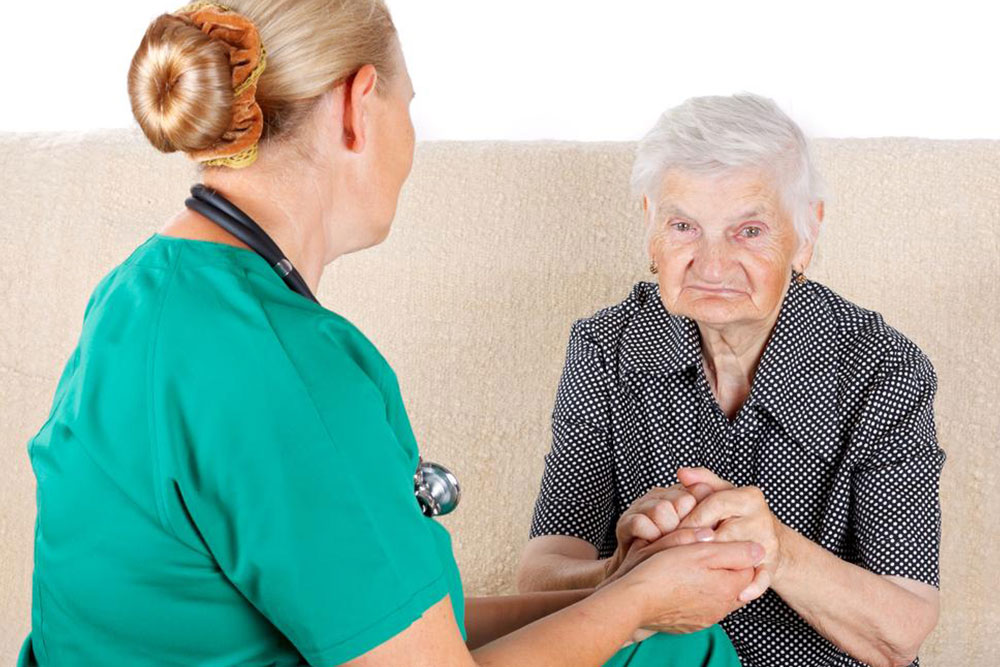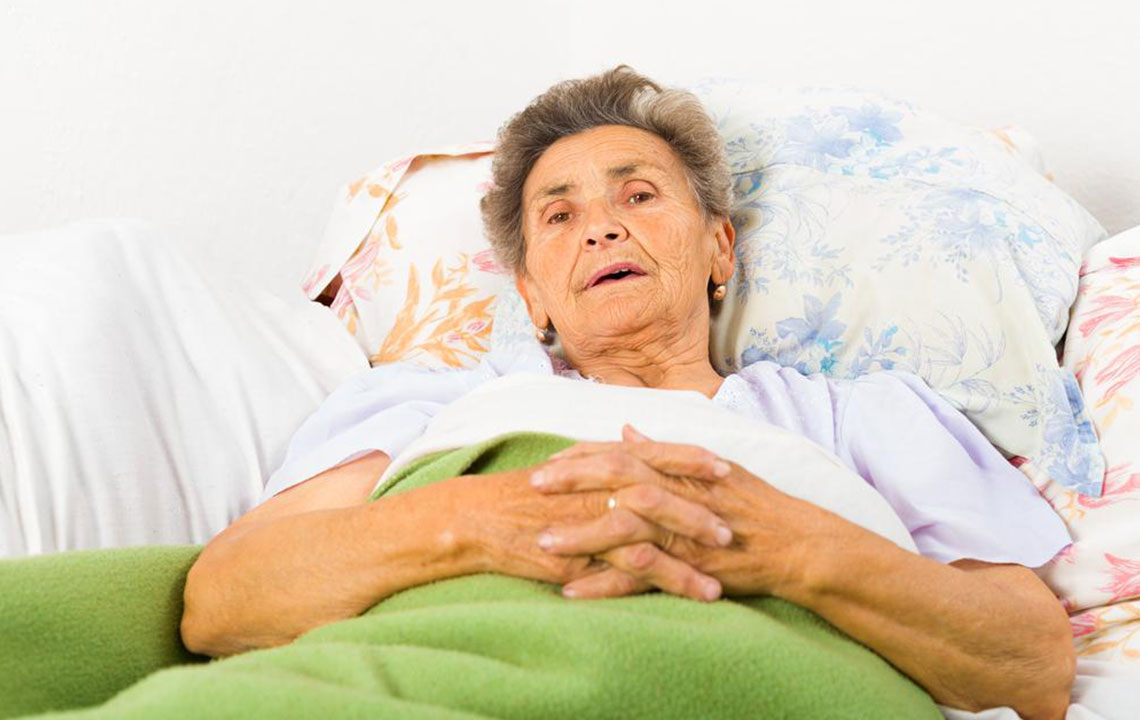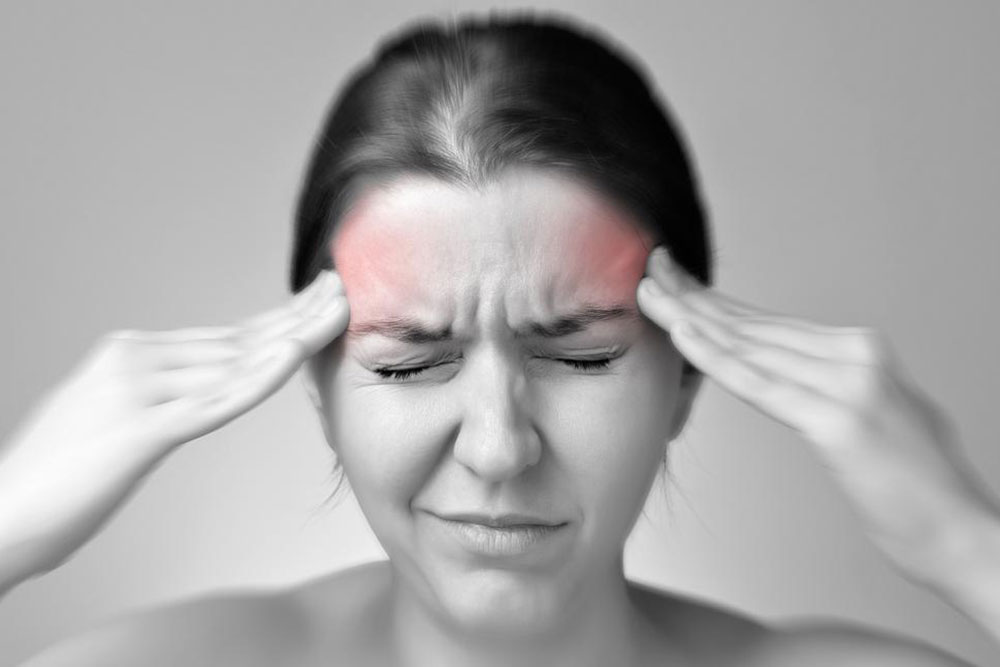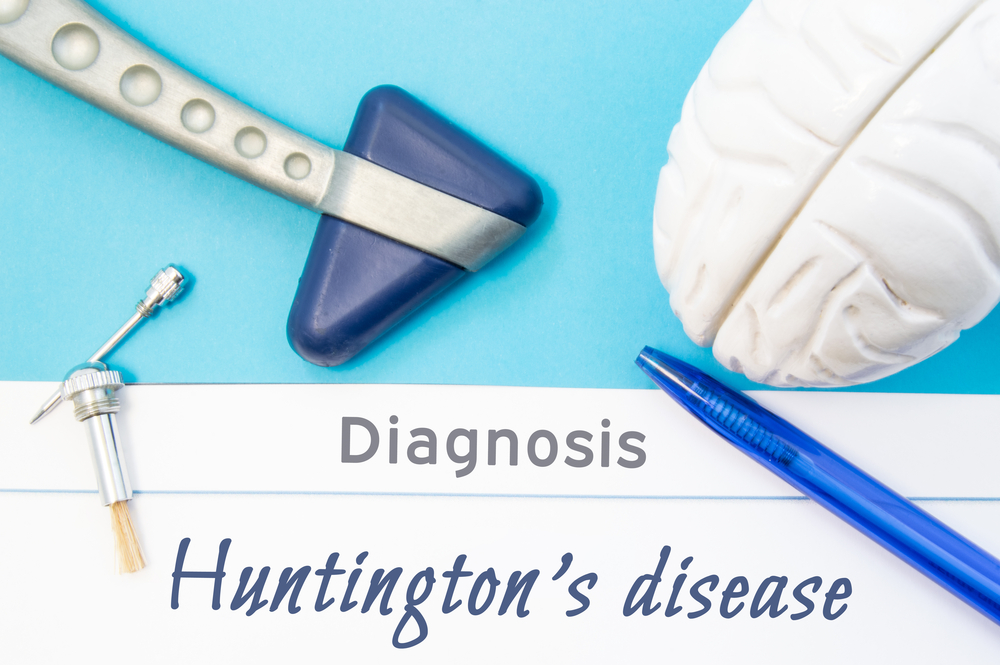Comprehensive Guide to Parkinson's Disease: Causes, Symptoms, Progression, and Life Expectancy
This comprehensive guide explores Parkinson's disease, detailing its causes, symptoms, stages of progression, treatments, and life expectancy. Learn how early detection and management can enhance quality of life for those affected by this neurodegenerative disorder. Covering key issues, management strategies, and prognosis, this article offers valuable insights for patients, caregivers, and healthcare professionals alike.

Understanding Parkinson's Disease: An In-Depth Look at Causes, Symptoms, Disease Progression, and Expected Lifespan
Parkinson's disease is a complex neurodegenerative disorder that significantly impacts the central nervous system, leading to a range of motor and cognitive impairments. As a condition that gradually worsens over time, Parkinson's affects millions worldwide, influencing their daily lives, independence, and overall health. While it is not immediately fatal, the associated complications and progression can reduce life expectancy. Understanding its underlying causes, progression stages, symptoms, and treatment options is crucial for patients, caregivers, and healthcare providers aiming to improve quality of life and manage the disease effectively.
Deep Dive into the Causes of Parkinson's Disease
Parkinson's disease primarily results from the death of dopamine-producing neurons in the substantia nigra, a region of the brain responsible for regulating movement. Dopamine is a vital neurotransmitter that facilitates smooth and coordinated muscle activity. The cause of this neuronal death remains a subject of scientific investigation, but multiple factors are believed to contribute. Genetic predispositions play a role, with certain gene mutations increasing susceptibility. Environmental factors, such as prolonged exposure to pesticides, heavy metals, and other toxins, are also linked to higher risks. Additionally, age is the most significant risk factor, with incidence rates rising sharply after age 60. Men tend to be about 50% more affected than women, although the reason for this disparity is still under research.
Recognizable Symptoms and Early Warning Signs
Parkinson's disease manifests with a host of symptoms, often developing gradually and initially presenting subtle signs that can be easy to overlook. Recognizing early symptoms can prompt timely diagnosis and management. The most common features include involuntary tremors, especially noticeable at rest, stiffness or rigidity in muscles, and bradykinesia, which is slowness of movement. As the disease progresses, individuals may experience balance difficulties, leading to dizziness and falls. Muscle spasms, shuffling gait, and decreased facial expressions (hypomimia) are also typical. Cognitive changes, including memory impairment and mood disorders like depression, may develop in later stages. Some medications can delay disease progression, making early intervention essential for better outcomes.
Involuntary tremors or shaking, typically in hands or limbs
Balance and coordination issues, increasing fall risk
Muscle rigidity or stiffness causing discomfort
Slowness of movements (bradykinesia)
Cognitive impairment and memory problems
Changes in speech and handwriting
Progression of Parkinson's Disease: Understanding the Stages
Parkinson's is characterized by a progressive decline through five well-defined stages, from mild symptoms to severe disability. Knowing these stages helps patients and caregivers plan and adapt to changing needs.
Stage 1: Mild symptoms appear on one side of the body, such as shakiness or minor stiffness. Daily tasks remain manageable, and symptoms are often subtle.
Stage 2: Symptoms begin affecting both sides of the body, leading to more noticeable tremors, rigidity, and postural changes. Gait disturbances may start developing.
Stage 3: The disease progresses with increased slowness and balance problems, raising fall risk. Independence begins to diminish, although many can still perform daily activities with some assistance.
Stage 4: Severe rigidity, bradykinesia, and postural instability lead to considerable difficulty with mobility. Assistance becomes necessary for most daily tasks.
Stage 5: The final stage involves being wheelchair-bound or bedridden, with dependence on full-time care. Assistive devices and caregivers are essential for daily living. This progression typically spans 15 to 20 years from initial diagnosis, varying greatly among individuals.
Current Treatment Strategies and Management
While Parkinson's disease has no cure, numerous treatments aim to alleviate symptoms, improve mobility, and enhance quality of life. Pharmacological options primarily focus on replenishing dopamine levels or mimicking its action, including levodopa, dopamine agonists, and MAO-B inhibitors. Early stages may not require medication, but as symptoms intensify, medications become vital. Surgical options like deep brain stimulation are considered in advanced cases unresponsive to medication. Alongside medications, physical therapy, occupational therapy, and lifestyle modifications—such as regular exercise—play crucial roles in managing the disease. Support groups and counseling can help patients cope with emotional challenges.
Understanding Life Expectancy and Long-Term Outlook
Most individuals diagnosed with Parkinson's are over 60 years old, but cases among younger adults are increasingly recognized. Early diagnosis and comprehensive management can extend lifespan and improve quality of life. The average survival time after initial symptom onset is approximately 16 years, although this varies based on various factors, including disease severity, response to treatment, overall health, and comorbidities. Regular medical check-ups, lifestyle adjustments, and adherence to prescribed therapies are essential for optimizing outcomes. Advances in research continue to improve understanding and treatment options, offering hope for better disease management in the future.





